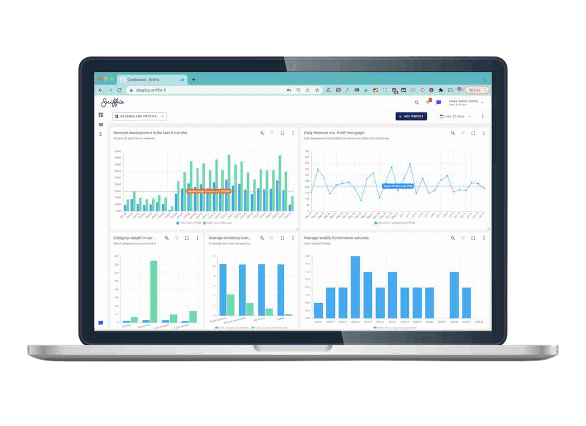
Odd pricing
Odd pricing is a pricing technique that involves setting prices in odd numbers such as $0.99 or $1.97 instead of round numbers like $1 or $2. The goal of odd pricing is to make the product seem more appealing, as consumers tend to view odd prices as being cheaper or better value than even prices. This psychological effect is known as the left-digit effect.
Pros and cons of odd pricing
For example, a product priced at $199 might seem expensive compared to another product priced at $200, but when the price is lowered to $197, consumers might perceive it as a better deal. In this way, businesses can increase sales, create a more attractive pricing perception, and differentiate their products from those of their competitors.
In addition to this, the pricing technique is also useful for reducing price sensitivity, as consumers are more likely to buy when the price appears lower. Retailers also use odd pricing as a way to create a sense of urgency among customers, with the belief that customers will be more likely to purchase when they feel the price is only available for a limited time.
However, it is important to note that odd pricing may not always be effective for every business, as it depends on a number of factors such as the target market, the type of product being sold, and the level of competition. Businesses must conduct market research to determine if odd pricing is appropriate for their product and target audience.
Maximize your profits!
Maximize sales and profits while maintaining customer satisfaction with our state-of-the-art software. Integrate effortlessly with your ecommerce platform and receive valuable insights for strategic pricing choices. Whether you’re a startup or an established retailer, our solution is tailored to drive results.

Summary
Odd pricing, also known as psychological pricing, refers to the practice of setting prices that end in an odd number, such as $9.99, rather than rounding them to the nearest dollar. In ecommerce and retail businesses, the pricing technique can impact pricing by creating the perception that a product or service is priced lower than it actually is, boosting sales, differentiating products from competitors, using cost-based pricing, increasing sales and predicting the long-term impact of changes in price. It is a strategy that can be used by ecommerce and retail businesses to make products or services appear more attractive to price-sensitive consumers.

